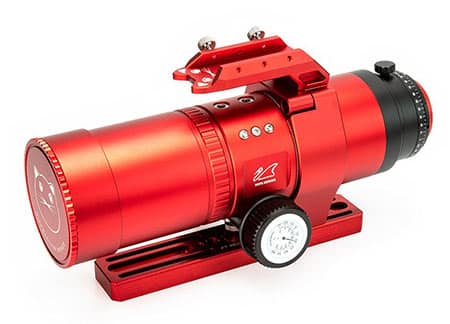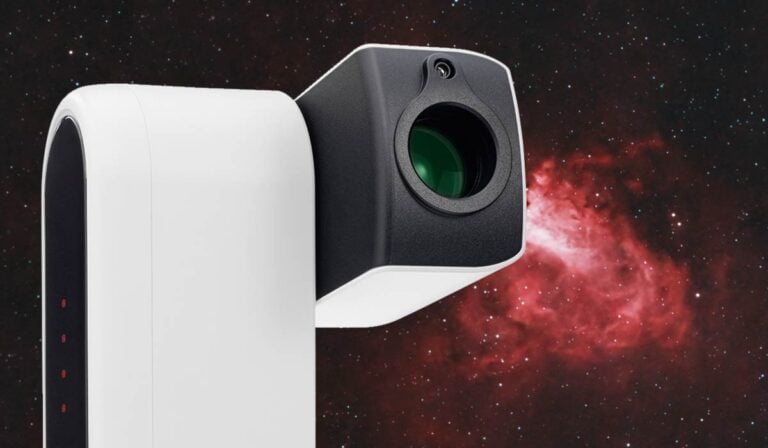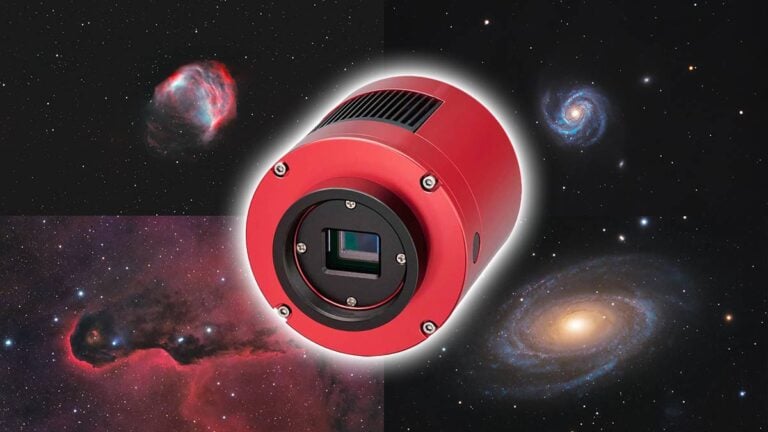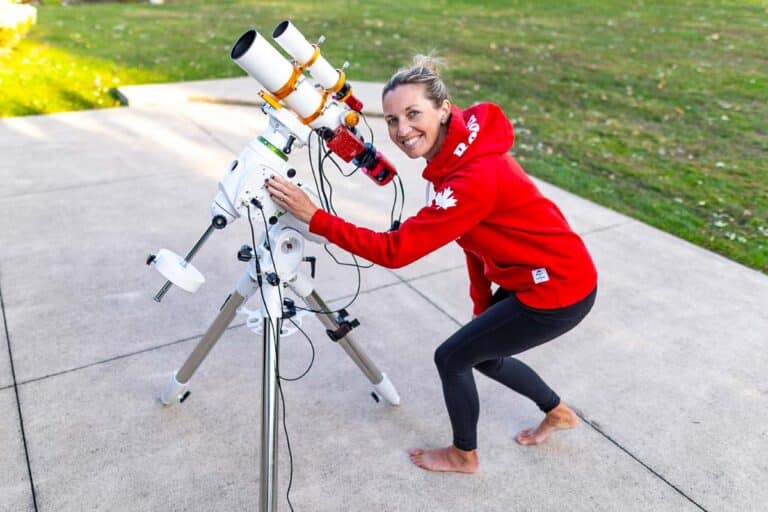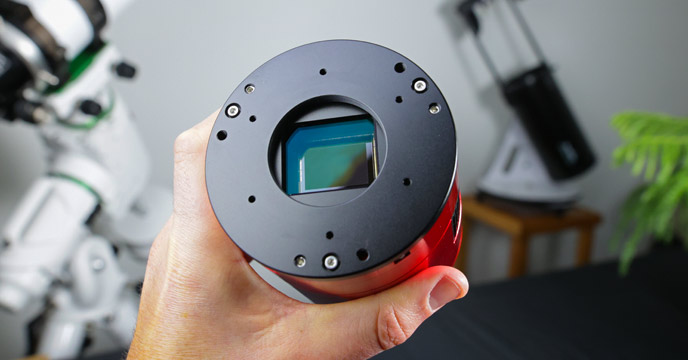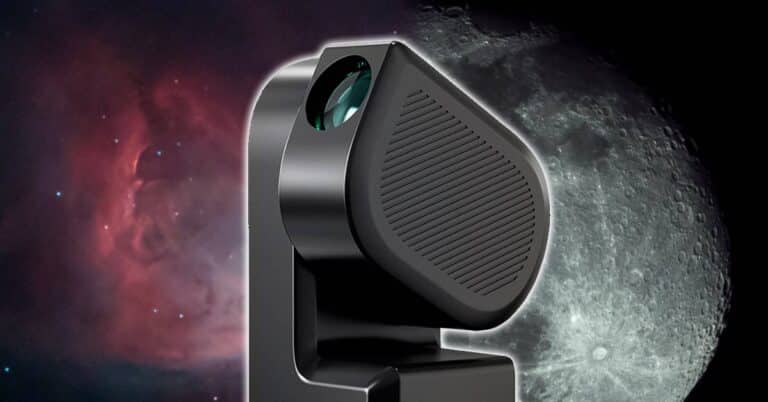ZWO Seestar S30 Review
The ZWO Seestar S30 is a compact, all-in-one smart telescope designed to make astrophotography simple and approachable. It’s a smaller version of the extremely popular Seestar S50, with some added features. With its built-in camera, motorized mount, and mobile app control, it takes a lot of the guesswork out of capturing the night sky. No…
